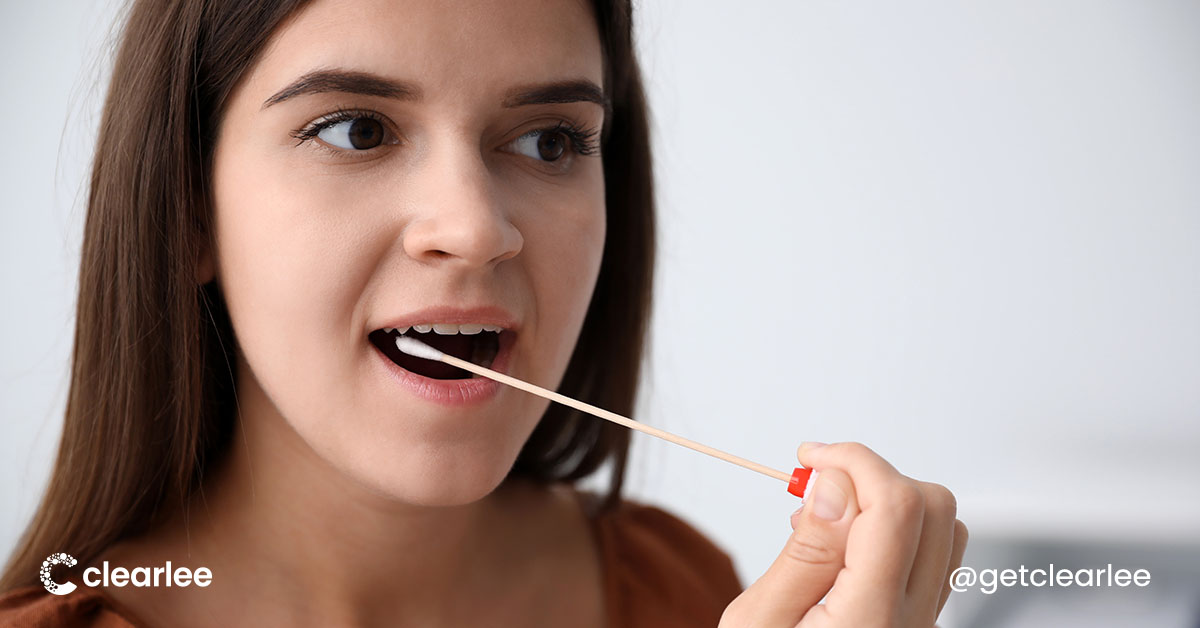Of all the things you thought you’d never Google, “drug testing options” is probably high on the list. No one intends to develop a problem with drugs, and family and friends often don’t want to see the signs, however obvious they may appear in retrospect.
But, here you are, researching drug tests and, quite possibly, overwhelmed by the choices. How do you determine which is the best option for your family? To help get you started, here is a list of common types of tests and the pros and cons of each:
Type 1. Standard Urine Tests
*Pros:
- Widely used
- Detects drug use within 2-5 days for most drugs
*Cons:
- Easy to “cheat,” dilute, or substitute
- Does not provide information about current impairment
- Invasive and demeaning
Type 2. DNA Urine Tests
*Pros:
- Can target specific drug metabolites, reducing the risk of false positives/negatives
- Extended detection window
*Cons:
- Prone to contamination
- Ethical and privacy concerns related to sharing DNA
- More expensive than other options
- Like standard urine tests, easily cheatable
- Takes days to receive results
Type 3. Hair Tests
*Pros:
- Provides a longer detection window (up to 90 days or more)
- Difficult to adulterate or substitute
*Cons:
- Requires specialized procedures for collection and analysis
- Takes time to receive results
- May not detect recent use
Type 4. Sweat/Patch Drug Tests
*Pros:
- Continuous monitoring over an extended period (1-7 days)
- Difficult to tamper with
- Detects recent drug use
*Cons:
- Limited availability and acceptance
- Narrow detection window for some drugs
- Accuracy varies based on individual factors.
Type 5. Saliva tests
*Pros:
- Widely accepted– for example, by the Department of Transportation (DOT)
- Non-invasive and easy to collect
- Detects recent drug use (1-2 days for most drugs)
- No known way to adulterate
- Results are available quickly
- Applicable across a wide range of drugs
- Affordable
- Accurate
*Cons:
- May not detect drug use >48 hours prior to sample collection
As you can see, saliva tests offer a number of advantages over other methods of drug monitoring. Saliva collection is as simple as swabbing your mouth with a sponge– decidedly more dignified than peeing in a cup! Moreover, saliva tests are just as effective for detecting drug use, with about 99% accuracy. And unlike traditional urine tests, saliva tests can’t be cheated with detox pills, additives, or “flushing.”
Saliva tests are also more convenient than traditional drug testing options. For example, Clearlee’s saliva tests can be done anytime, anywhere. No need to drive to a laboratory for supervised testing! And because sample collection can be done in private, from the comfort of your own home, Clearlee tests offer a degree of discretion that others do not. Finally, by providing near-immediate results at a more affordable price than other options, Clearlee tests are a sustainable option for rapid, frequent testing.
This is all well and good, you may be thinking, but wrangling saliva from my teenager is not going to be any simpler than convincing them to give me a cup of urine! That’s one of the reasons why Clearlee’s test kits come with an accompanying smartphone app. The app guides
Keep Reading
Want more? Here are some other blog posts you might be interested in.
The First Reliable Unobserved Drug Test
When Liz Read learned that a family member was struggling with ...
Rapid Saliva Testing: The Fast Track to Wellness in the Workplace
For decades, companies and organizations have used drug testing to ensure safe ...
Remote, Rapid Saliva Testing in Court: The Supplemental Tool
Drug tests have long been used in court for a variety of ...
Want to learn more about Clearlee?





